GEO600 at AEI and Leibniz University Hannover



The ground-based interferometric gravitational wave detector GEO600 located near Hannover is designed and operated by scientists from the Max Planck Institute for Gravitational Physics and Leibniz Universitat Hannover, along with partners in the United Kingdom, joined in the worldwide LIGO Scientific Collaboration (LSC). Many of the advanced technologies for gravitational wave detectors developed and tested at GEO600 made the discovery of gravitational waves possible.
ZARM Droptower
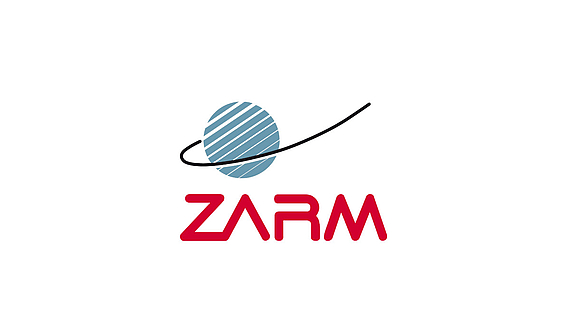
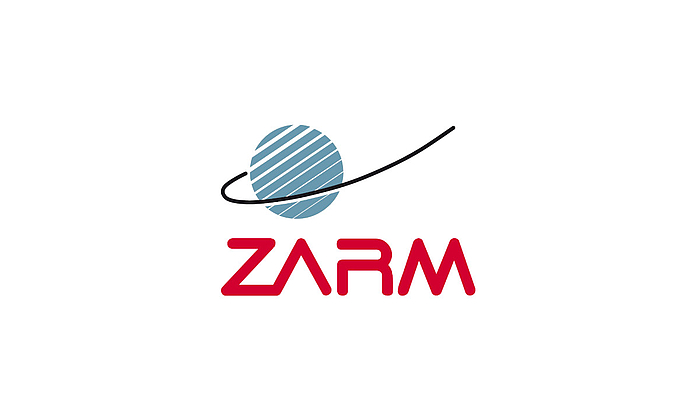
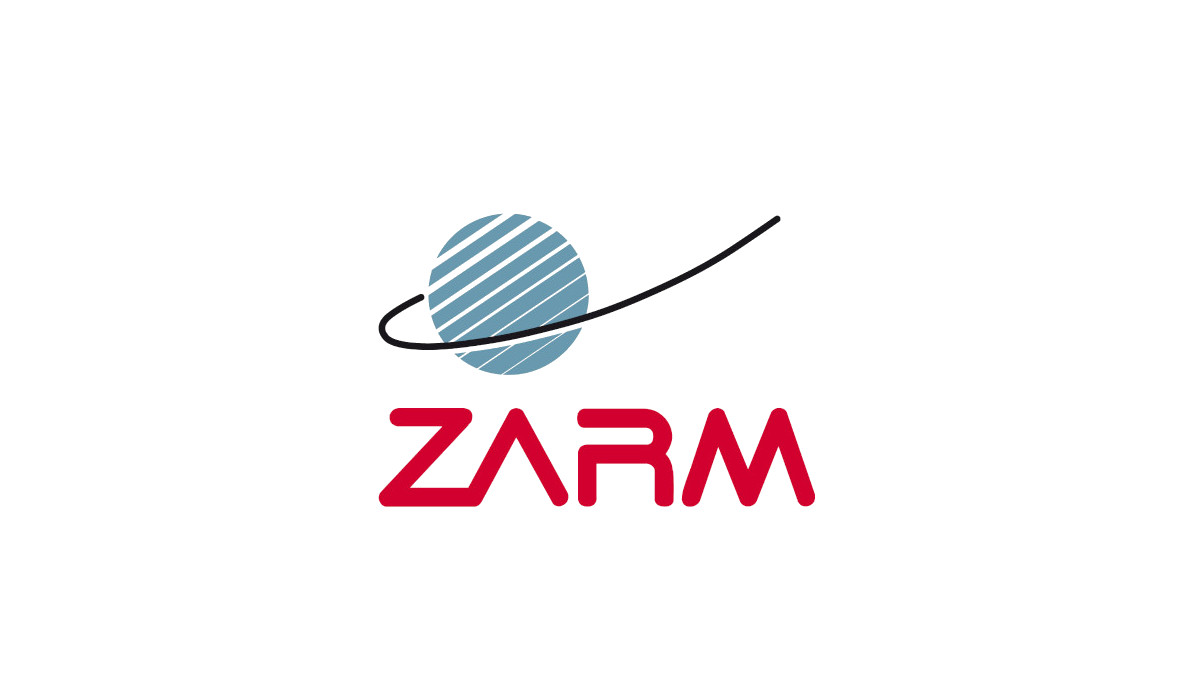
With a height of 146 meters the Bremen Drop Tower is the main laboratory of ZARM and the only laboratory of this kind in Europe. Every day it offers the most economic opportunity for short-term experiments under highest-quality conditions of weightlessness, comparable to one millionth of the Earth’s gravitational force (10-6 g). Since the implementation of the catapult system, a construction developed by ZARM engineers, the experiment duration has been extended to 9.3 seconds - unmatched by any other drop facility worldwide.
HITec at Leibniz University Hannover
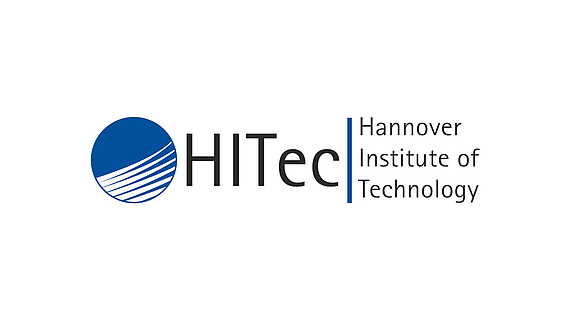
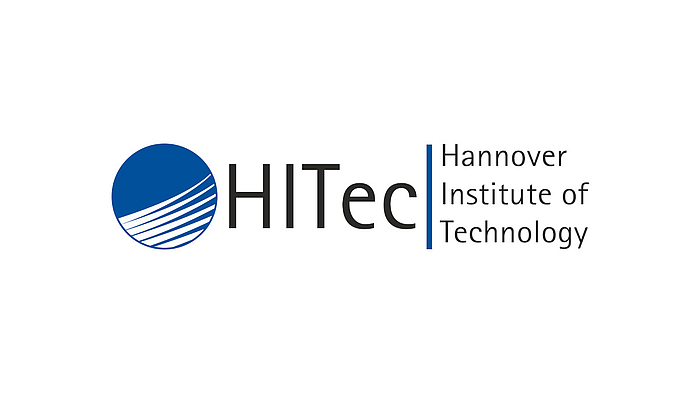
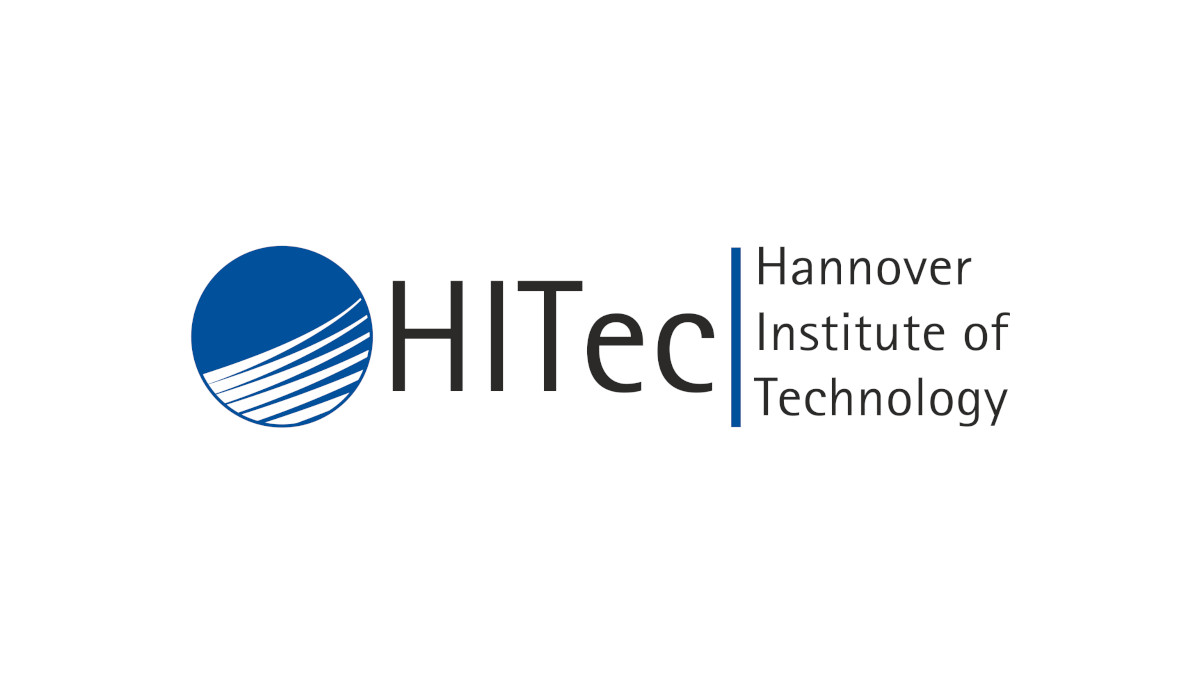
The Hannover Institute of Technology (HITec) will became operational in 2018 and provides high-end laboratory space for QuantumFrontiers members, a broad range of new laboratories for laser and atomic interferometry, ultra-precise clocks, and for the development of miniaturised optical components for transportable quantum sensors. The laboratories in HITec are equipped with highly stable optical and microwave time and frequency references provided via a stabilised fibre from PTB.
LENA at TU Braunschweig
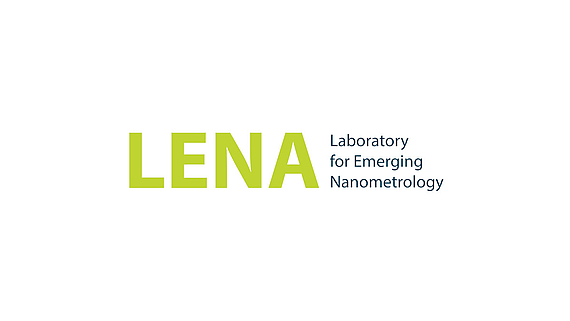
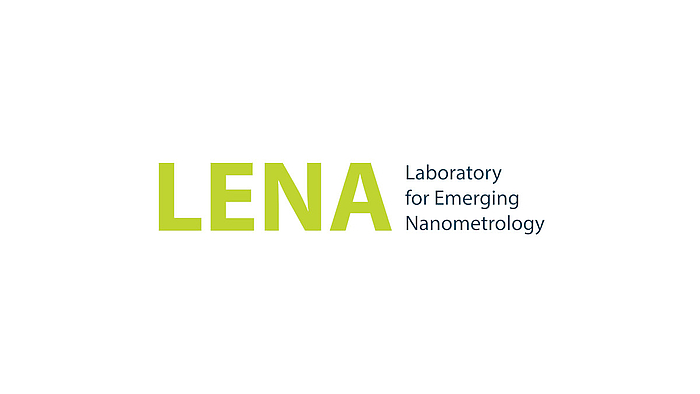
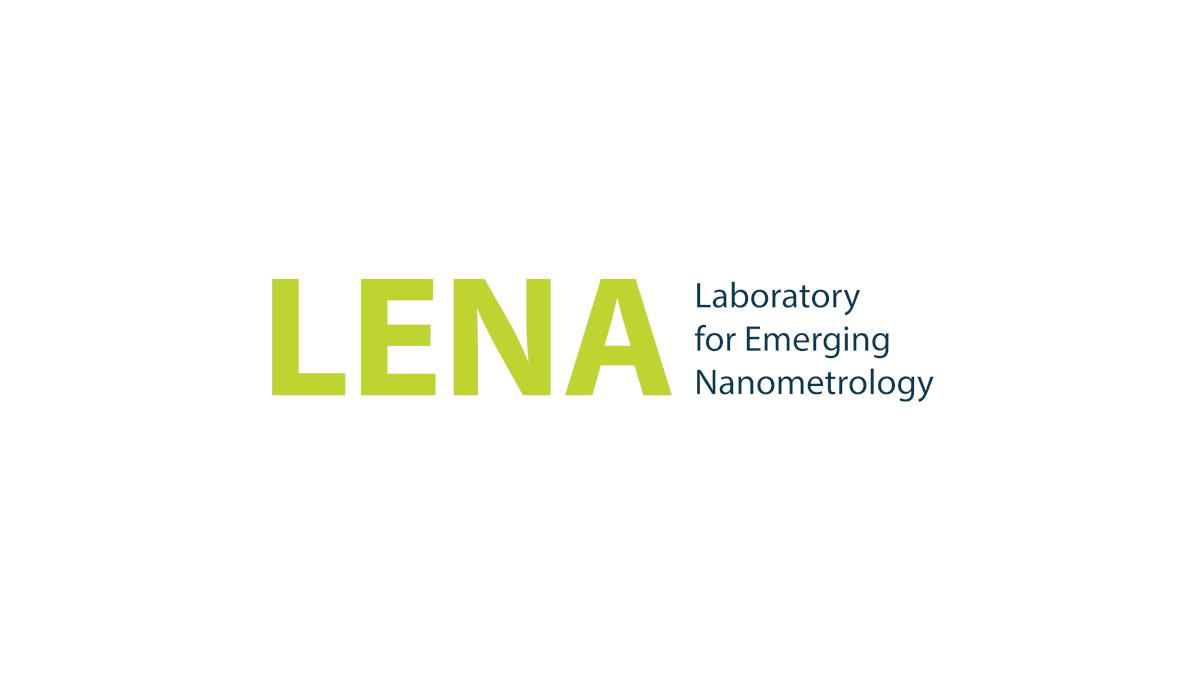
The Laboratory for Emerging Nanometrology (LENA) at TUBS, which also opened in 2018, is a new laboratory building for more than 100 scientists. It is equipped with a unique combination of high-end instrumentation for high resolution imaging, spatially and temporally resolved spectroscopy and surface manipulation and analytics.
LNQE at Leibniz University Hannover
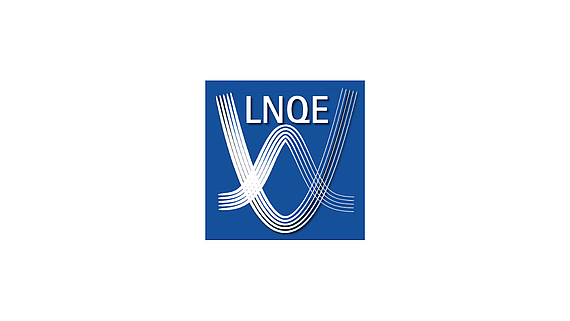
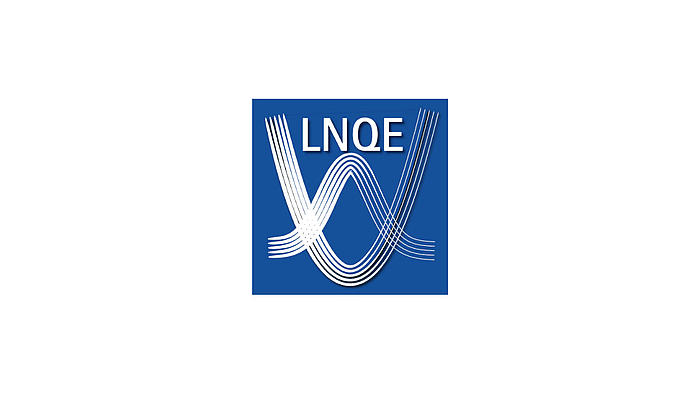
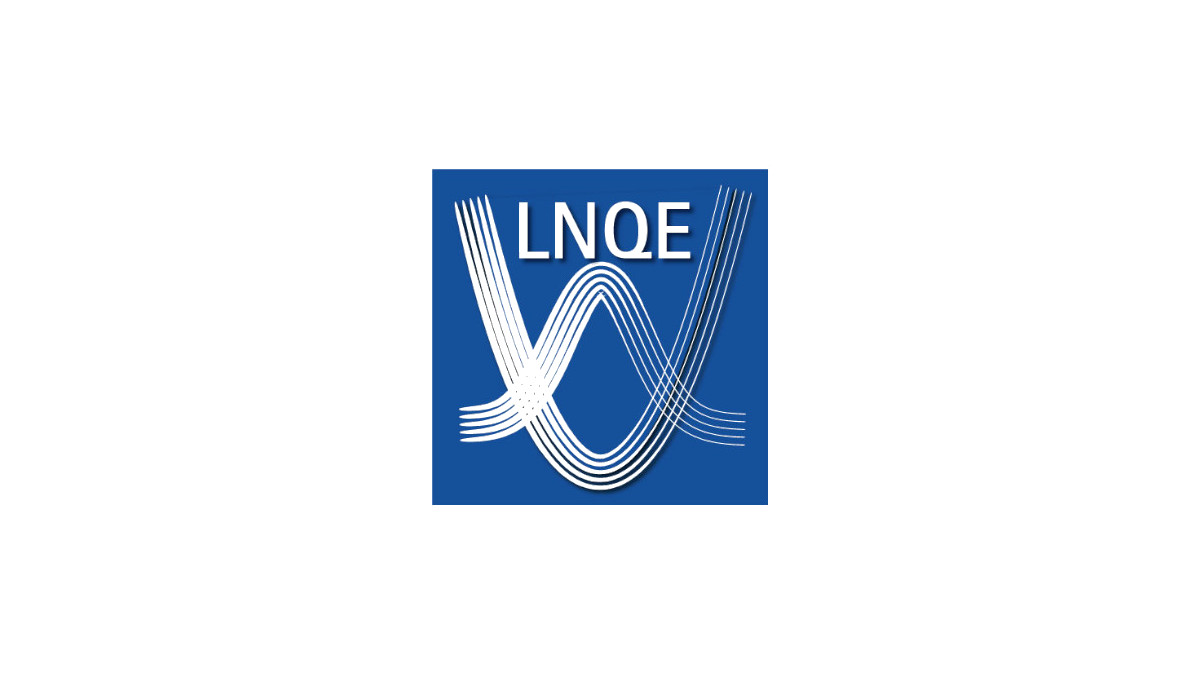
The Laboratory of Nano- and Quantum-Engineering (LNQE) in direct vicinity to HITec provides further atom optics lab space with a clean room for production and assembly of setups, and atom optics vacuum chambers as used in VLBAI experiments and the QG-1 quantum gravimeter. In LNQE, interdisciplinary research teams collaborate on the topics of nanoengineering, nanoanalytics, and nanomaterials.
Epitaxy Competence Center ec²
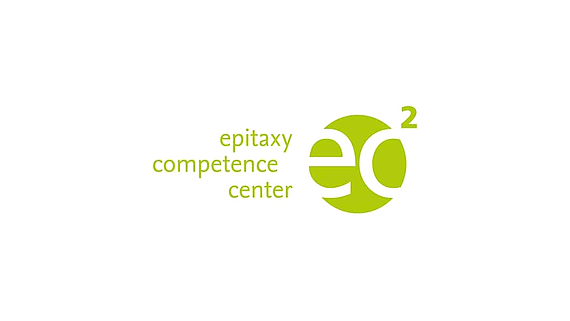
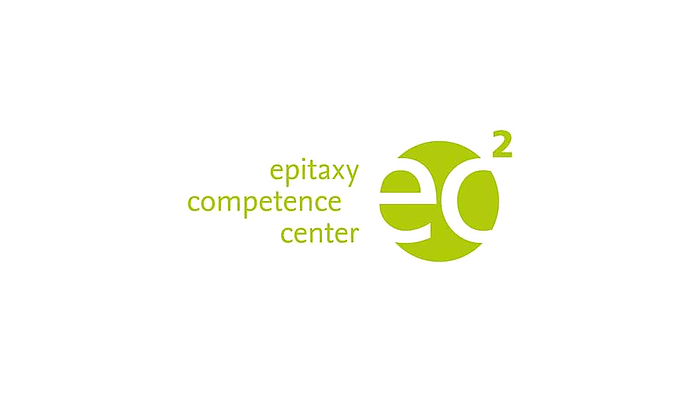
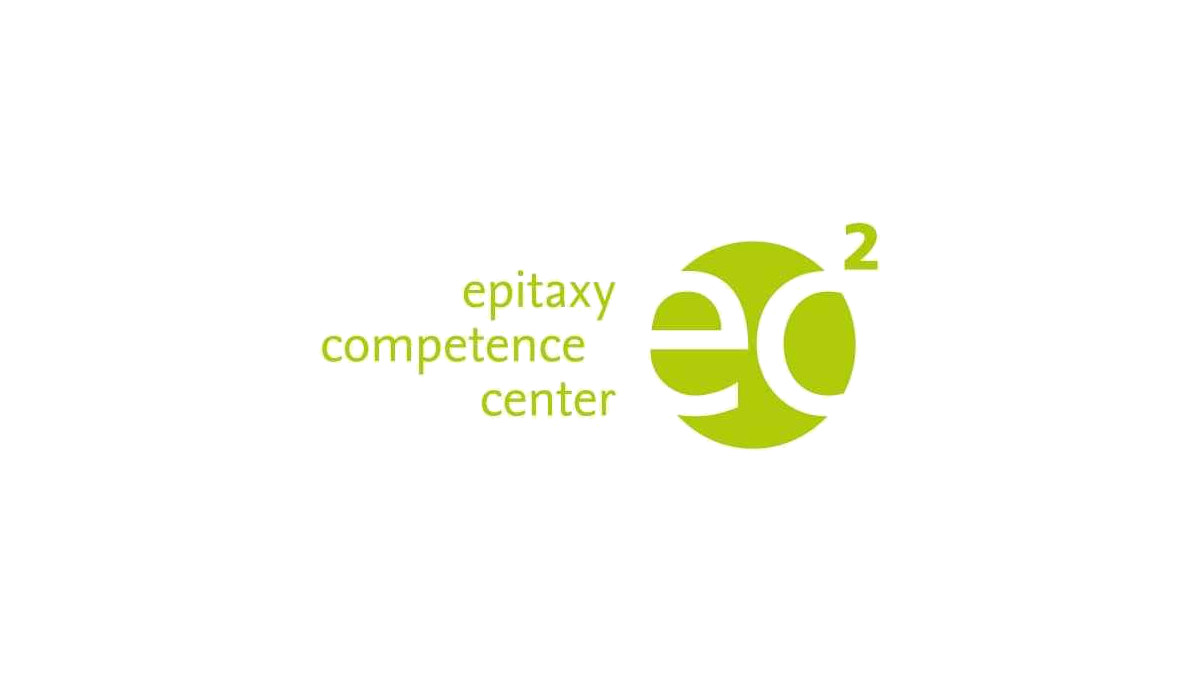
In close cooperation with Osram Opto Semiconductors GmbH, Regensburg, TU Braunschweig operates the epitaxy competence centre ec2. Its clean rooms will be the basis for semiconductor based nanotechnology, including not only material fabrication, but also nanoscale processing such as nanolithography, dry and wet etching, and hybrid packaging technology.
PTB Cleanroom Facility


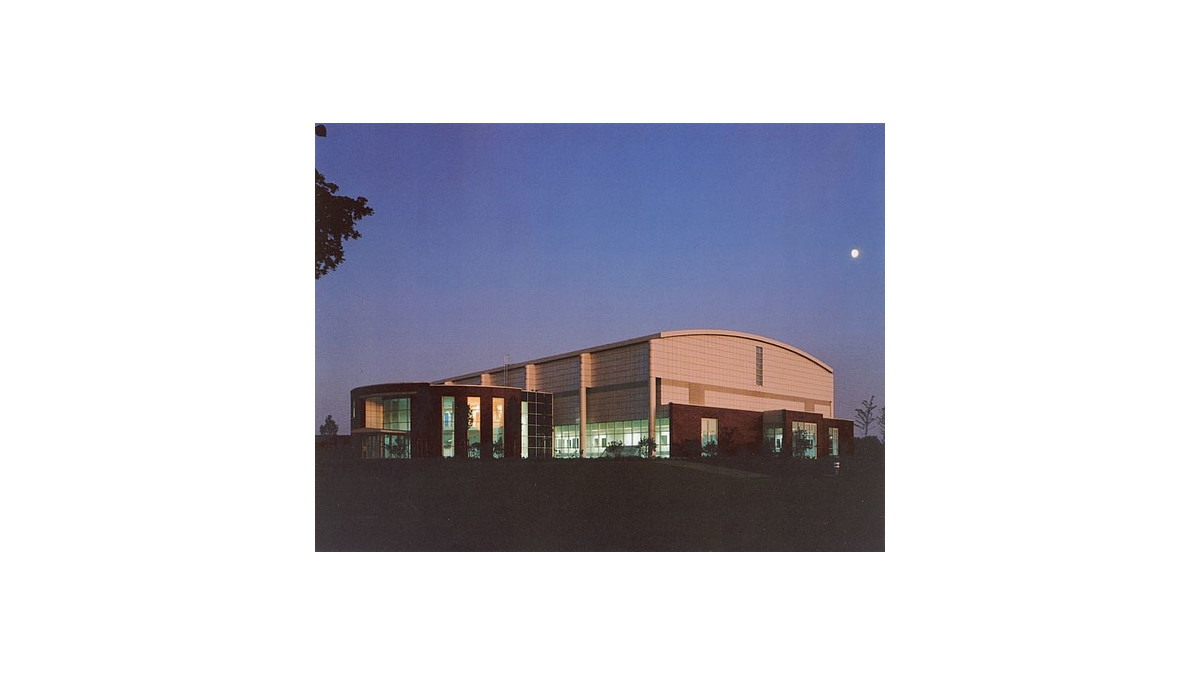
For the production of quantum devices, the department "Quantum Electronics" operates the cleanroom facility of PTB containing the required thin film technology and the lithographic equipment for the fabrication of highly integrated metallic devices based on superconductors and normal conductors with structural dimensions down to 10 nm.
DLR Insitute of Satellite Geodesy and Inertial Sensors (SI)
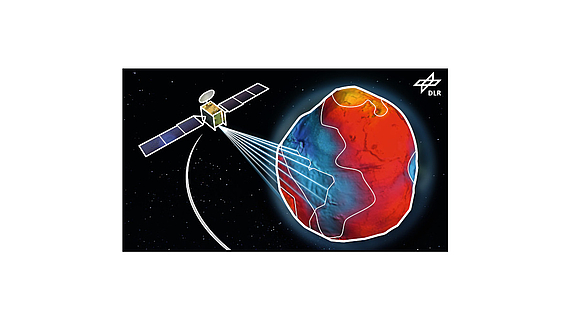
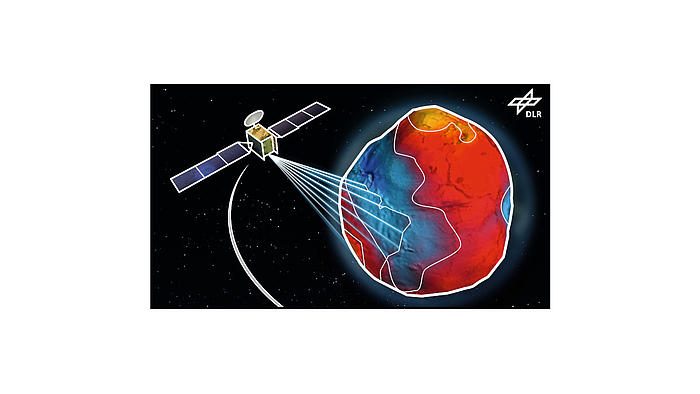
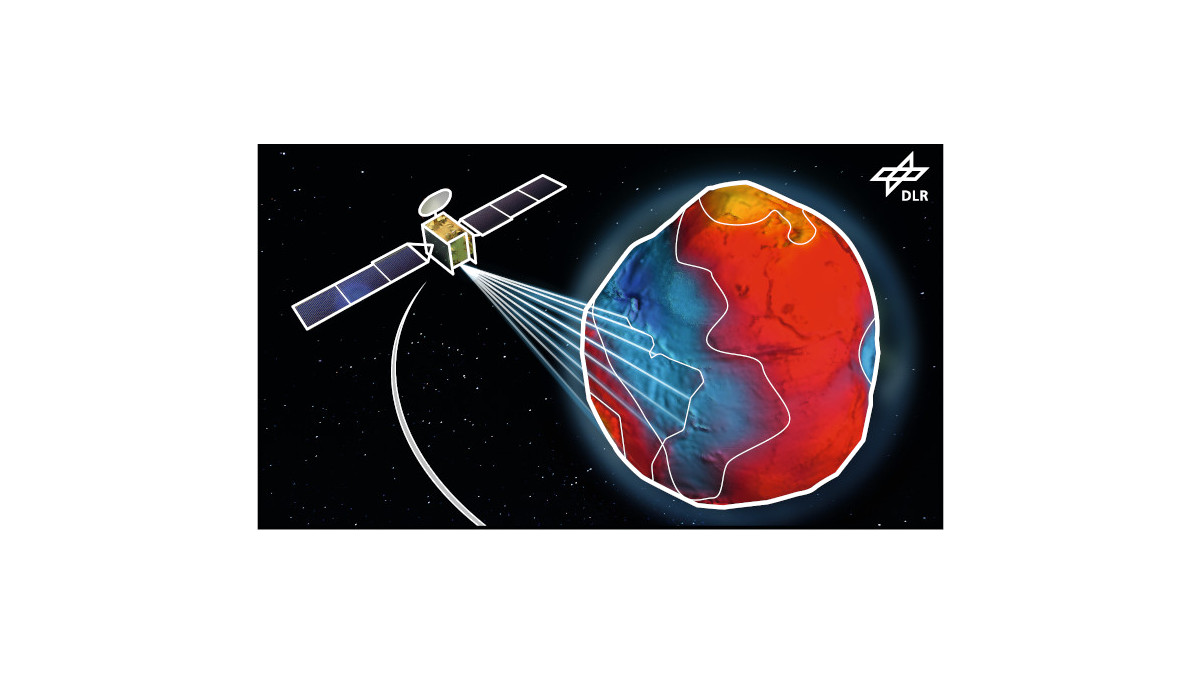
On 27 June 2019, the Senate of the German Aerospace Center (DLR) approved the establishment of seven new institutes and facilities. The Institute for Satellite Geodesy and Inertial Sensing (DLR-SI) is established in Hanover. With the establishment of the institute, competencies in the field of application-oriented sensor technology for novel satellite missions are bundled and expanded.
Clean Room and Technical Equipment of the Institute for Micro Production Technology
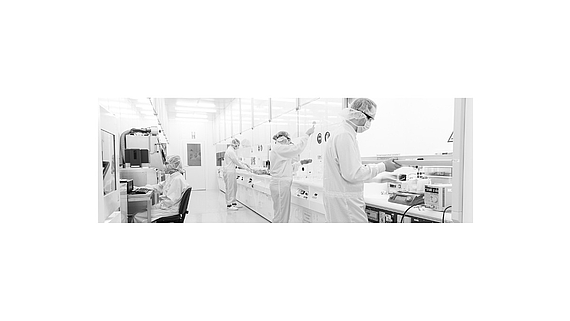
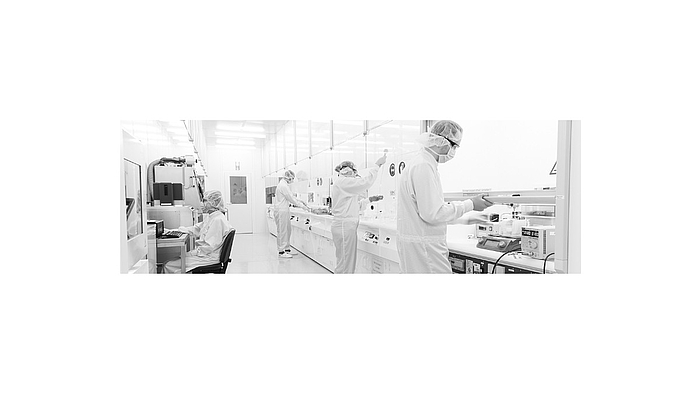
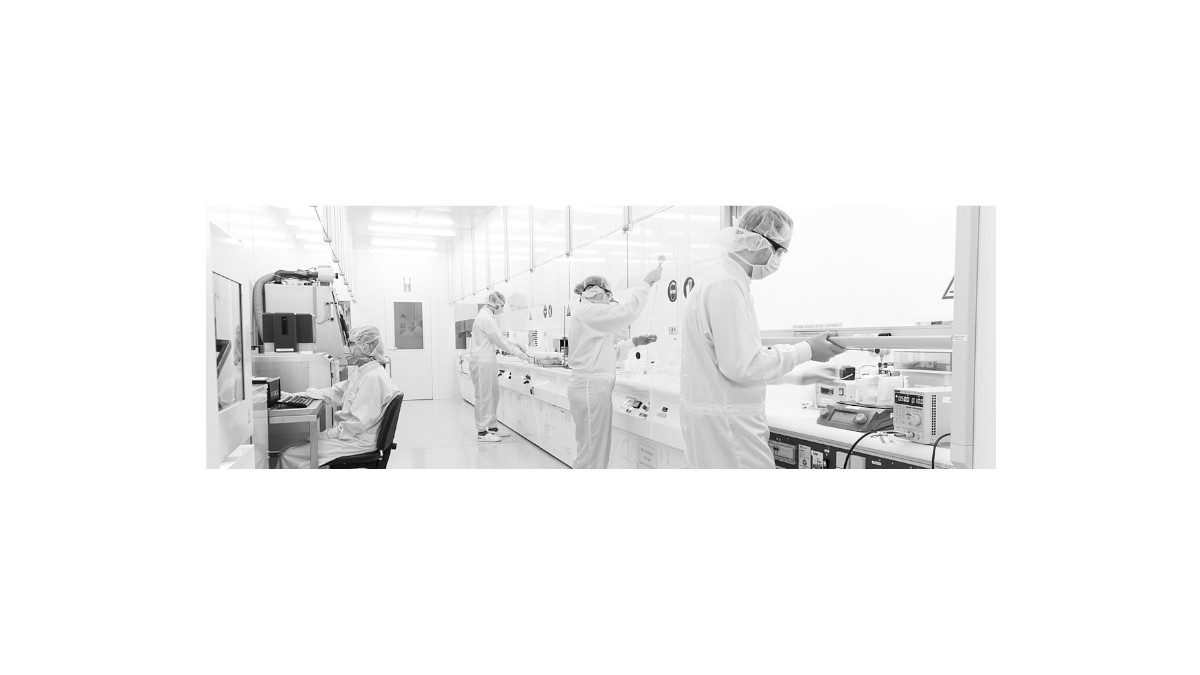 ©
IMPT/Fischer
©
IMPT/Fischer
The scientific staff of the IMPT has a class ISO 5 clean room at their disposal to carry out their research activities. The extensive equipment allows the performance of microsystems engineering processes for the production and analysis of MEMS as well as reliability studies.









